Wearable technology has become increasingly popular in recent years. According to a report from Bloomberg, the market value for wearable tech is expected to reach $186.14 billion by 2030, growing at a CAGR of 14.9% over the forecast period. In line with this, the market is saturated with many smart accessories ranging from fashionable smartwatches and smart glasses to more niche products like smart hats and footwear.
Despite this growing demand for wearable smart tech, smart glasses have yet to be adopted in the mainstream. To better understand why, we will review the recently launched Ray-Ban Meta smart glasses to take a closer look at the impact of the smart glasses industry.
Background
When you think of iconic frames, you will likely think of Ray-Ban sunglasses. The brand is known for having classic designs that withstand the test of time, as seen in their iconic frames like their Wayfarer and Aviator, which have stayed on trend since their invention. With the rise of wearable tech, though, Ray-Ban smart sunglasses were released to showcase how premium glasses can further stay ahead of the curve. These glasses feature Ray-Ban’s timeless designs, which have been recognized for their fashion-forwardness while still providing ample ultraviolet (UV) protection for any wearer.
The brand is also known for constantly innovating the technology of its products to remain competitive, but it was still a surprise for many when it first released its line of smart glasses in 2021. However, they continue to maintain their innovative edge. Ray-Ban partnered with tech giant Meta to create their latest pair of smart glasses, which now feature artificial intelligence (AI) technology.
Functions
One of the highlights of the Ray-Ban Meta smart glasses are features that allow listeners to listen to music on the go. This is supported by their custom-designed speakers with extended bass, higher maximum volume, and improved directional audio. This not only enhances the sound quality but also provides reduced audio leakage while taking calls.
Additionally, the glasses have an ultra-wide 12MP camera that can take high-definition photos and 1080p videos up to 60 seconds, providing a unique first-person point of view to what the wearer captures. You can even use the glasses to do a livestream that goes straight to Facebook or Instagram, making it easier to stay connected. All these can be done conveniently through the glasses, which are water-resistant and made with Ray-Ban’s top-quality materials to ensure their durability.
As for the AI, Meta highlights how the software was designed to help wearers move between “virtual and real worlds.” When wearers say, “Hey Meta,” they can engage directly with the AI assistant to control the features of the smart glasses, gain information, or help with brainstorming. This presents new avenues where people can use AI to interact with their surroundings, which is made more accessible by its incorporation into wearable tech such as smart glasses.
Pros and Cons
Generally, one of the biggest pros of the Ray-Ban Meta smart glasses is how they combine timeless frames with essential technology that enables hands-free photo and video capturing, AI voice assistance, and clear music listening. Furthermore, these smart glasses are decently priced at $299 compared to other trending iterations like the Lenovo ThinkReality A3, which is $1500 on Amazon. For its price, wearers can have advanced tech features that come in style, perfect for those looking to add a techy accessory to their wardrobe.
Despite its features, one of the glasses’ cons is its struggle to find a market. The quality audio experience, AI assistance, and quality videos can all be done using a smartphone or tablet, which isn’t enough to make it an essential purchase for many people. At best, the Ray-Ban Meta smart glasses fit the tech or social media influencer niche, who can appreciate the convenient, hands-free features it provides them.
Conclusion
Overall, the Ray-Ban Meta smart glasses do have functional innovations, but not enough to stay on par with the benefits other wearable smart tech provides. Most people saw the appeal of wearable tech to help with health tracking and fitness, as seen with the Apple Watch series and other smartwatches in the market.
However, this does not negate the incredible technological feats done by Ray-Ban and Meta; if they decide to partner again to create a pair of smart glasses that can do more beyond connecting to social media and listening to music, then smart glasses could interest a farther audience of people and consumers.
If you’re interested in knowing more about wearable tech or searching for reviews, please visit our smartwatches section at Tech Brothers Blog.



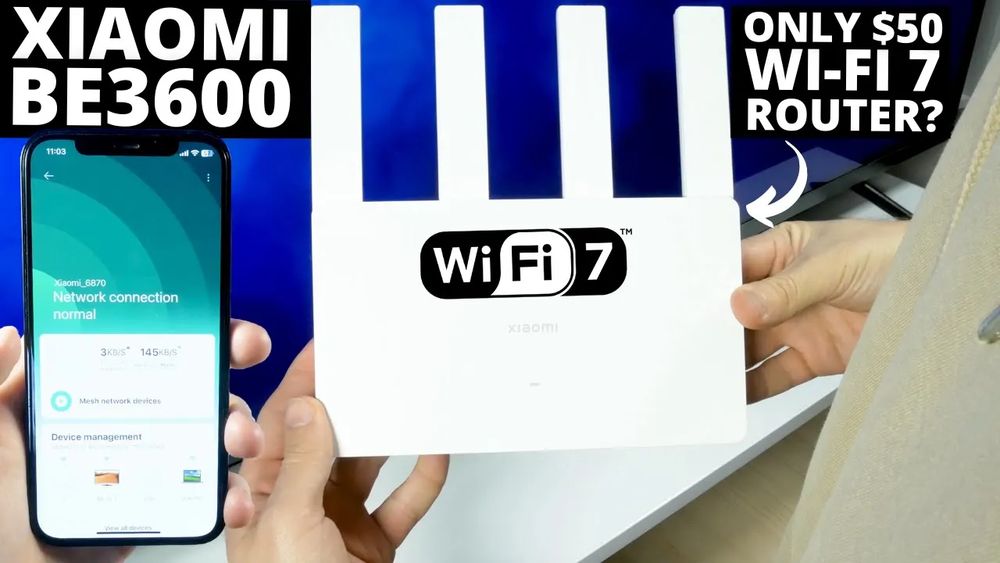
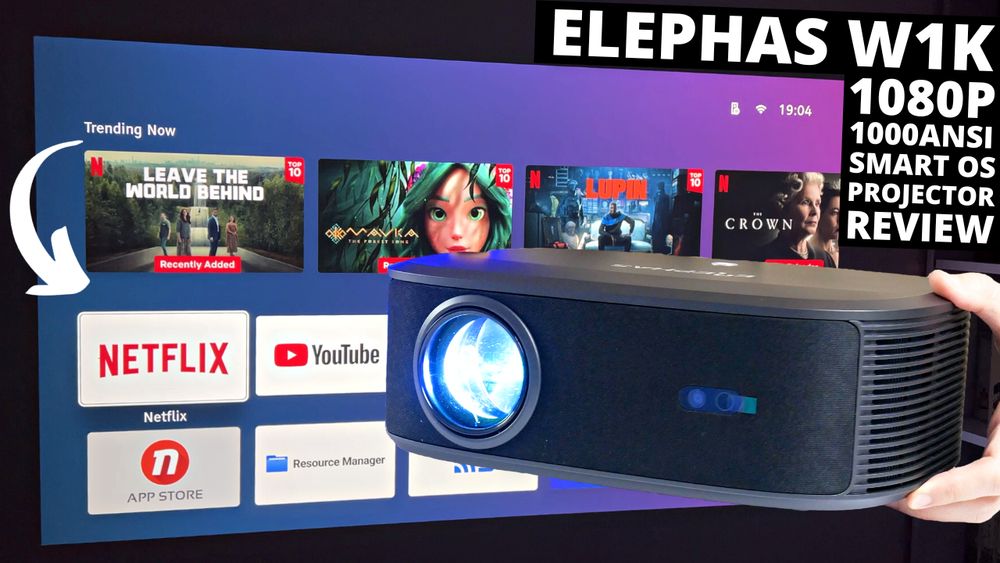
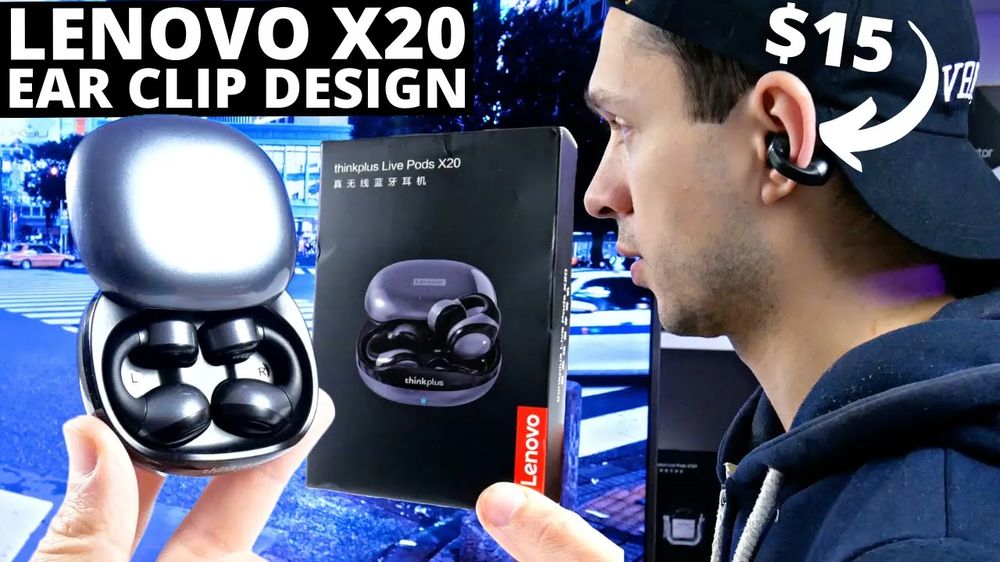
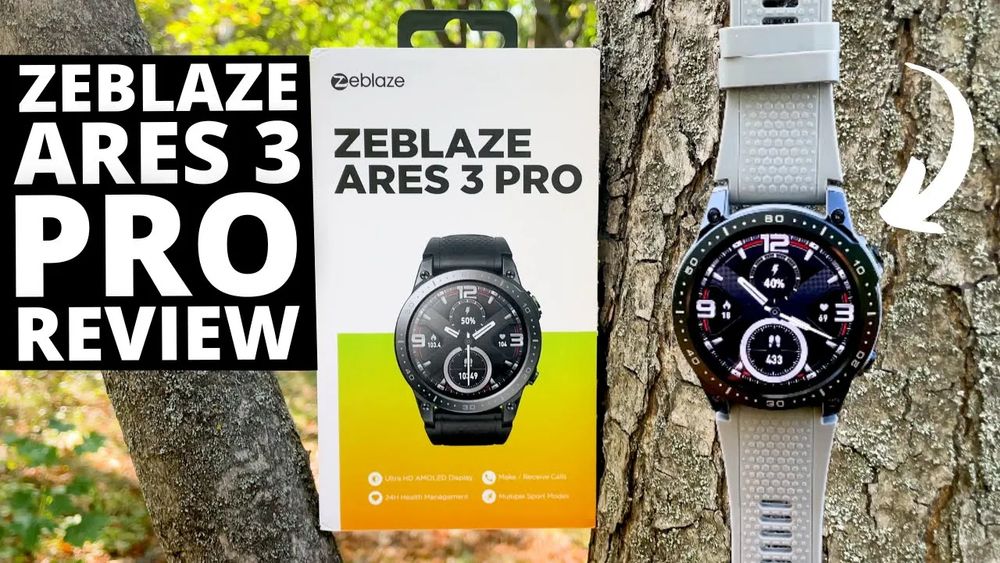
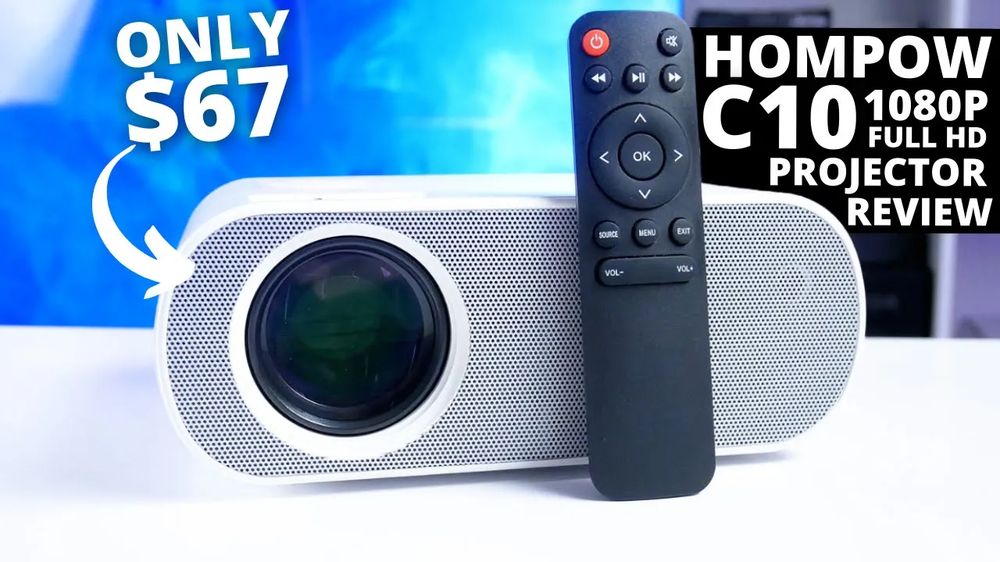
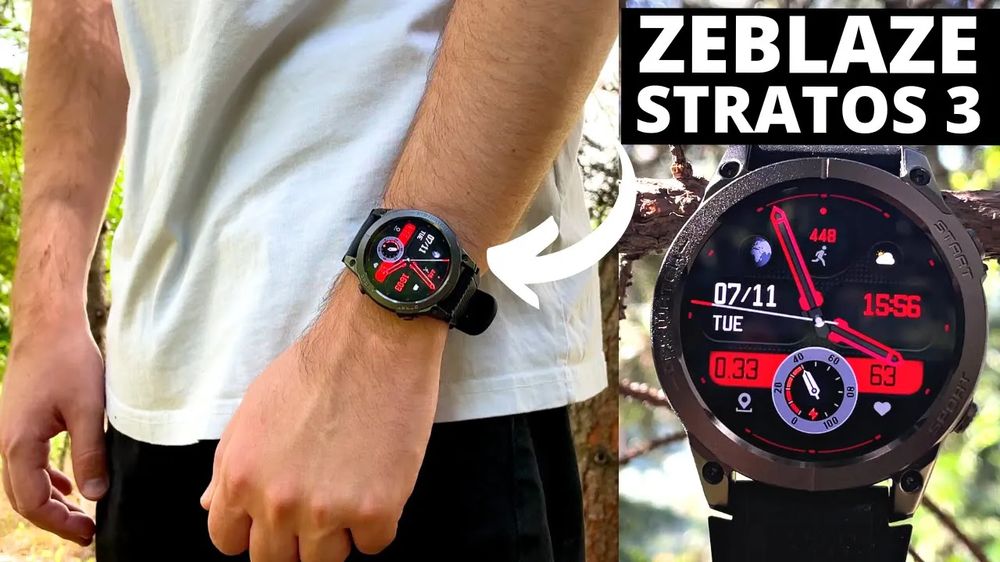
Discussion about this post